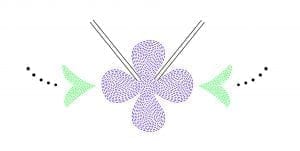Commemoration, Art and Education
Commemoration, art, and education are all essential parts of truth gathering, healing, and reconciliation.
Art is a powerful tool for commemoration. It can send a message of hope or loss, resilience or reconciliation. It can be an instrument that shares truth and knowledge with a wide audience.
An artist can create art as a means of healing from traumatic experiences, or as a way to inspire action. Most powerfully, art provides a platform for voices that may not get an opportunity to share their stories elsewhere. Public commemorations, through art, can help bring forward the personal stories that show colonial violence. They bear witness to injustice, recognize the human dignity of victims and survivors, and call Canada to account.
The National Inquiry has adopted the Truth and Reconciliation Commission of Canada’s guiding principles on commemoration as we develop and implement our own commemoration initiatives. They were:
- Survivors should be active participants who can advise and make recommendations on projects;
- Projects should strengthen family and community memory and make the history and legacy of residential schools a part of Canada’s history; and
- Projects should support Indigenous peoples’ healing as they reclaim their identities and revitalize their land-based cultures.
We believe we have the power to change society and outcomes by educating ourselves, our children, community members, and all Canadians. One way of doing this is by sharing the messages of remembering, honouring, resiliency and hope created by children and youth.
The National Inquiry has focused on the following three initiatives to adopt the Truth and Reconciliation Commission of Canada’s guiding principles on commemoration.
Our Logo

The National Inquiry logo, designed by lead artist Meky Ottawa, revisits the traditional roots of female Indigenous expression and empowerment. The design combines the traditional symbols of First Nations, Metis, and Inuit women.
Indigenous women have always been story tellers through the shell work, beadwork and weaving patterns they have passed down from generation to generation. While design differs across the nation, floral prints are often used.
The “dot art” within the flower and leaves of the logo emphasizes symmetry, balance, and harmony and the use of the connected lines also represents our interconnectedness to each other. The black lines and dots that tie it all together represent the traditional tattoos of Inuit women.